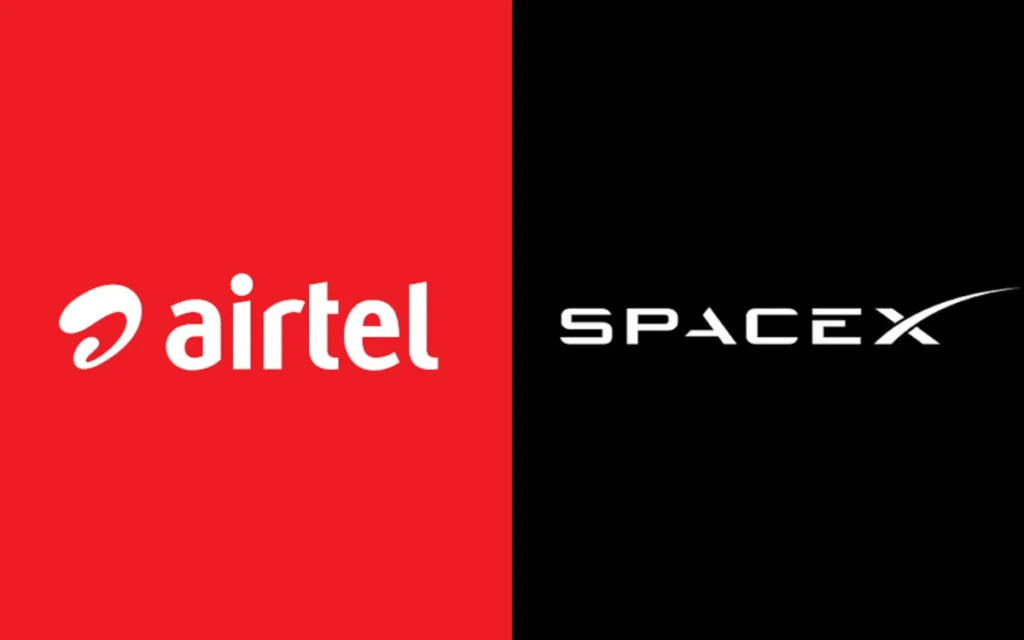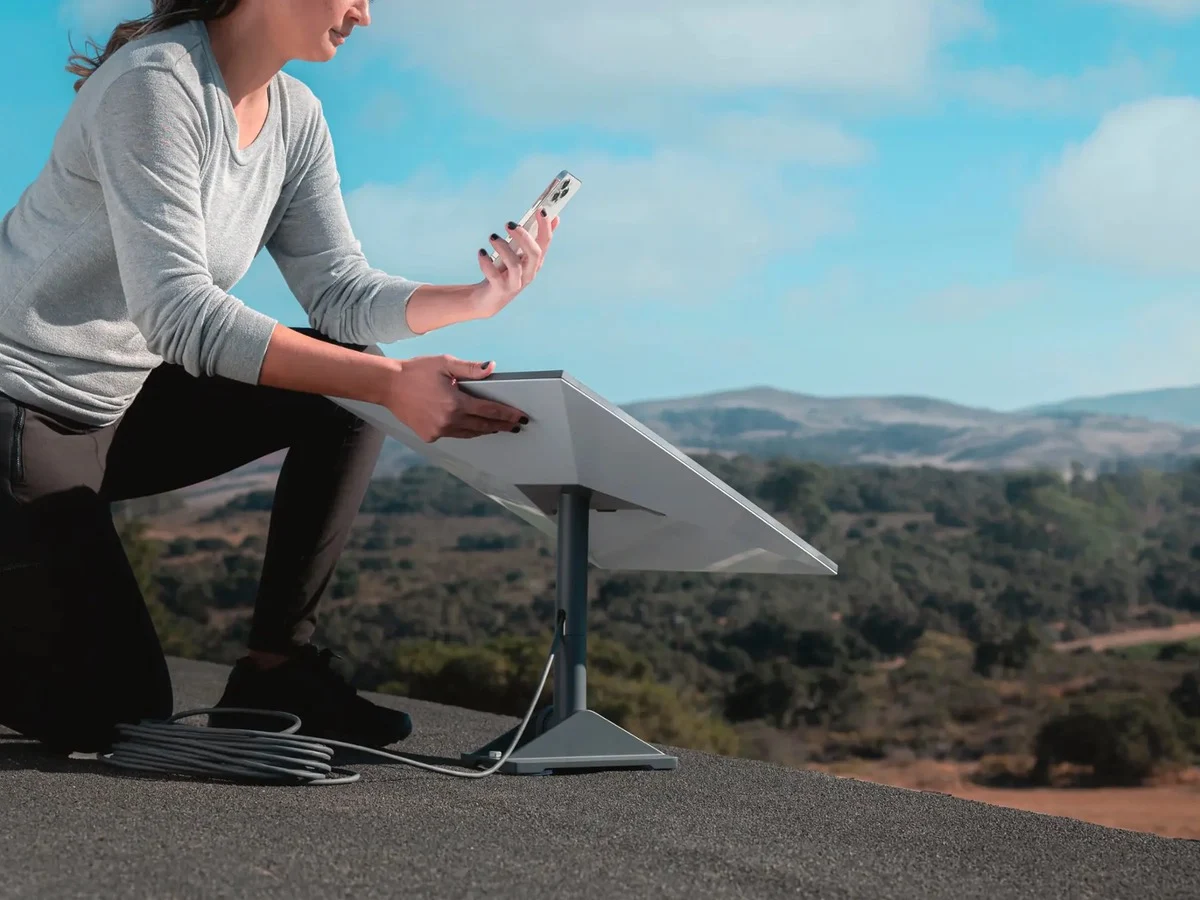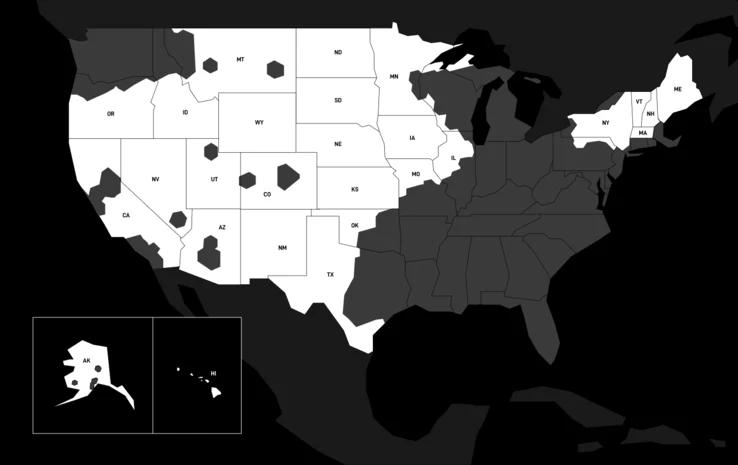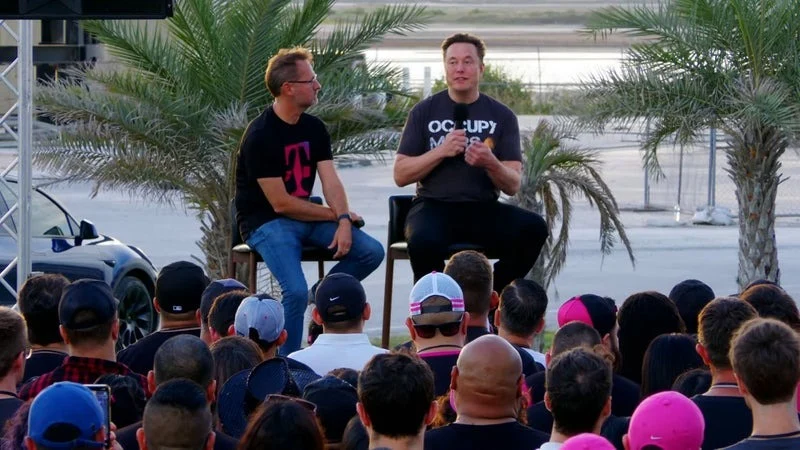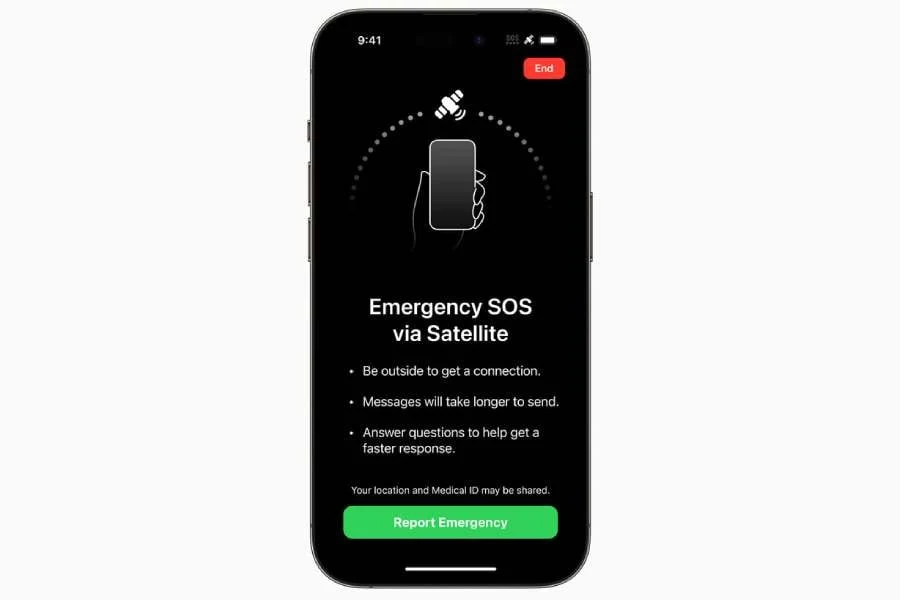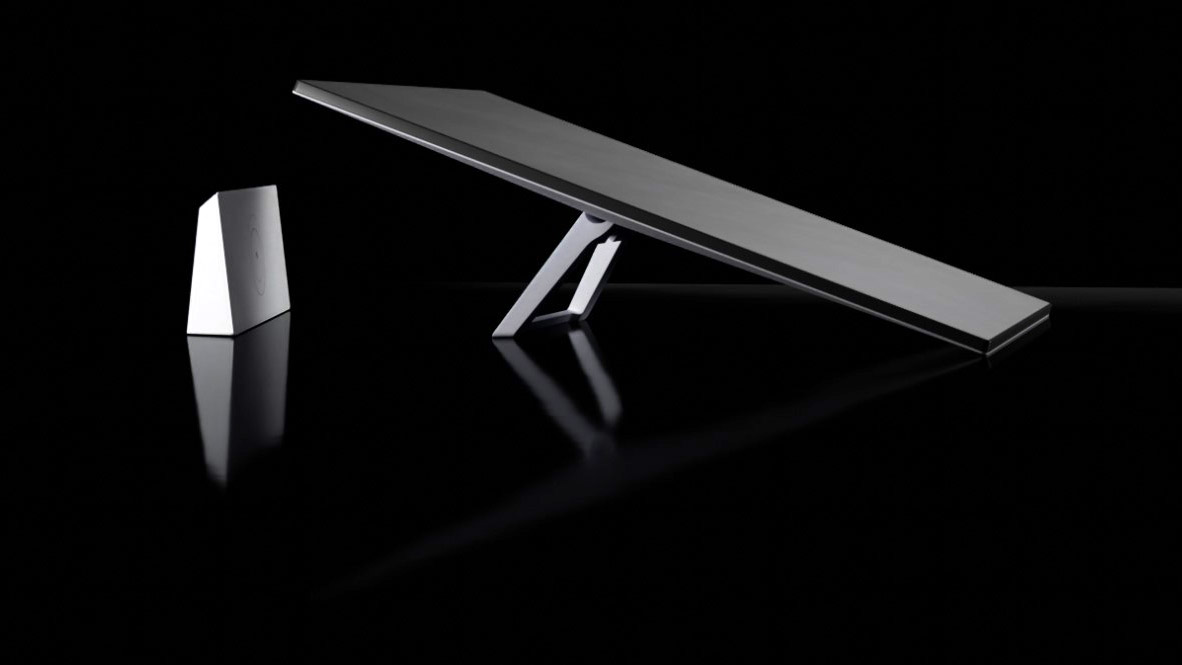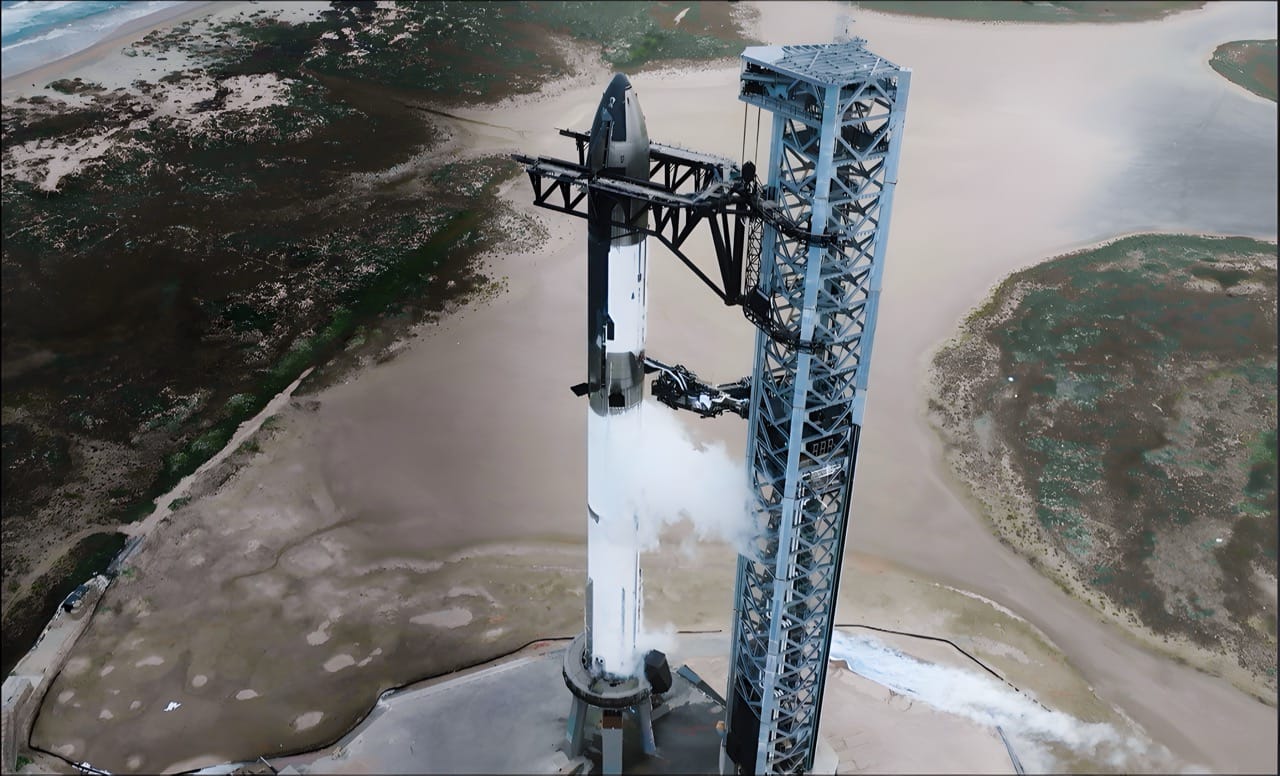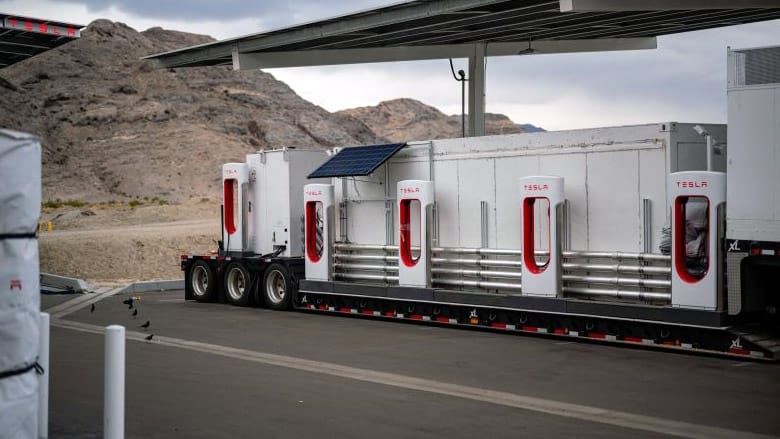Key Takeaways
1. Airtel and SpaceX are partnering to bring Starlink’s satellite internet services to India, aiming to close the digital gap, especially in rural areas.
2. The partnership relies on regulatory approval for Starlink to operate commercially in India.
3. Airtel plans to distribute Starlink hardware through its retail stores and provide satellite internet to business clients.
4. This collaboration enhances Airtel’s position in the satellite broadband market, combining various connectivity options.
5. SpaceX’s entry into India is a significant move, leveraging Airtel’s local expertise to address connectivity challenges in the country.
India’s internet scene is about to see a big change as Airtel and SpaceX team up to bring Starlink’s satellite internet services to one of the most populated countries in the world. This important agreement, revealed today, marks a significant move towards closing the digital gap in India, especially in rural and less served areas.
A New Era of Connectivity
However, this deal depends on SpaceX getting the green light from regulators to operate Starlink commercially in India. After approval, this partnership will combine Airtel’s wide market presence with Starlink’s advanced low-earth orbit (LEO) satellite technology to deliver smooth broadband access throughout the country. This could transform connectivity for India’s remote villages, businesses, and vital services like schools and healthcare facilities.
Impacts on Businesses and Communities
This collaboration anticipates Airtel distributing Starlink hardware via its retail stores and providing enterprise-level satellite internet to business clients. The potential outcomes are extensive; picture businesses in remote Himalayan villages or deep in the Thar Desert finally being able to access reliable, high-speed internet without depending on unreliable ground networks.
Airtel’s Expanding Reach
This isn’t Airtel’s first step into satellite internet; the telecom leader already has a partnership with Eutelsat OneWeb, another LEO satellite provider. However, incorporating Starlink into its offerings boosts Airtel’s goal to lead in the satellite broadband market, delivering customers unmatched coverage and backup options. By blending fiber, terrestrial mobile networks, and various satellite internet providers, Airtel is setting itself up as the most adaptable connectivity provider in India.
SpaceX’s Ambitious Step
For SpaceX, entering the Indian market is a long-awaited breakthrough. The country’s unique geographic and infrastructure challenges make it an ideal testing ground for Starlink’s satellite-based broadband. With Airtel’s deep insight into local telecom laws, consumer habits, and distribution methods, SpaceX gains a vital foothold in a nation where connectivity issues still exist.
If this partnership clears regulatory challenges, Starlink might revolutionize India’s telecom industry, providing high-speed internet to places where traditional broadband has struggled.

